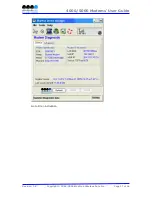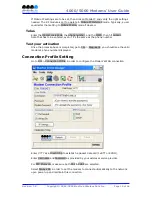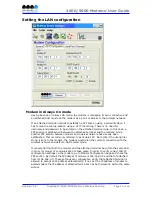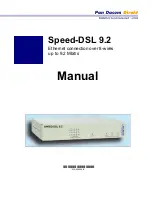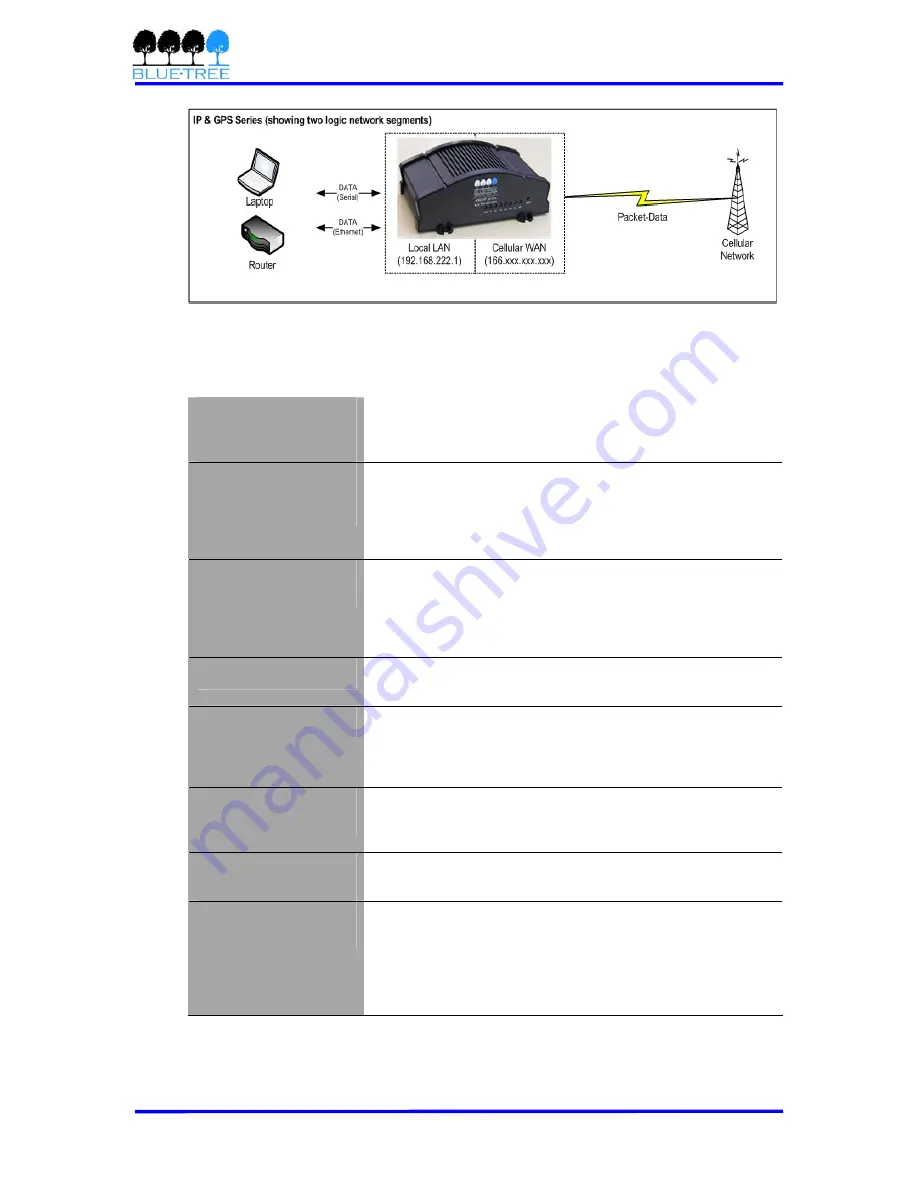
4000/5000 Modems’ User Guide
The modem then routes packets back and forth between its WAN and LAN connections
by performing Network Address Translation (NAT’ing).
Summary of Features
3 different data
connection
interfaces
Serial/RS-232, Ethernet, and USB.
Autonomous
connection
management
Fully integrated TCP/IP protocols allowing the modem to
connect autonomously to the packet network (internet).
This feature enables capabilities such as: In-call
diagnostic, Serial-IP, stand-alone GPS, remote
configuration, and remote firmware upgrade.
Network Address
Translation (NAT)
Remote applications use the WAN IP address of the
modem as the destination IP address. The traffic received
by the modem on various ports is forwarded according to
their ports and their corresponding port forwarding rules
to a LAN IP address
In-call diagnostic
Allows the user to get modem status information while in
a data call, without interrupting the data session.
Serial-IP
Encapsulates data coming from the serial port into a TCP
or UDP packet and sends it to a remote server on the
packet network. Decapsulates IP packets coming from the
network and sends raw data to the serial port.
Remote
configuration
Using the BlueVue Device Manager or terminal session,
this feature allows the administrator to remotely configure
or perform remote diagnostics on the modem.
Remote firmware
upgrade
Using the BlueVue Device Manager, this feature allows the
administrator to remotely upgrade the modem’s firmware.
Integrated GPS
Receiver
A Trimble GPS receiver is embedded into the modem for
Automatic Vehicle Location (AVL). The modem can report
this positioning data locally to any of the data interfaces
(serial, Ethernet, USB), or also remotely to a predefined
server (see stand-alone). Available on the 5000 series
modems only.
Revision 1.0
Copyright © 2004-2006 BlueTree Wireless Data Inc.
Page 8 of 44

















